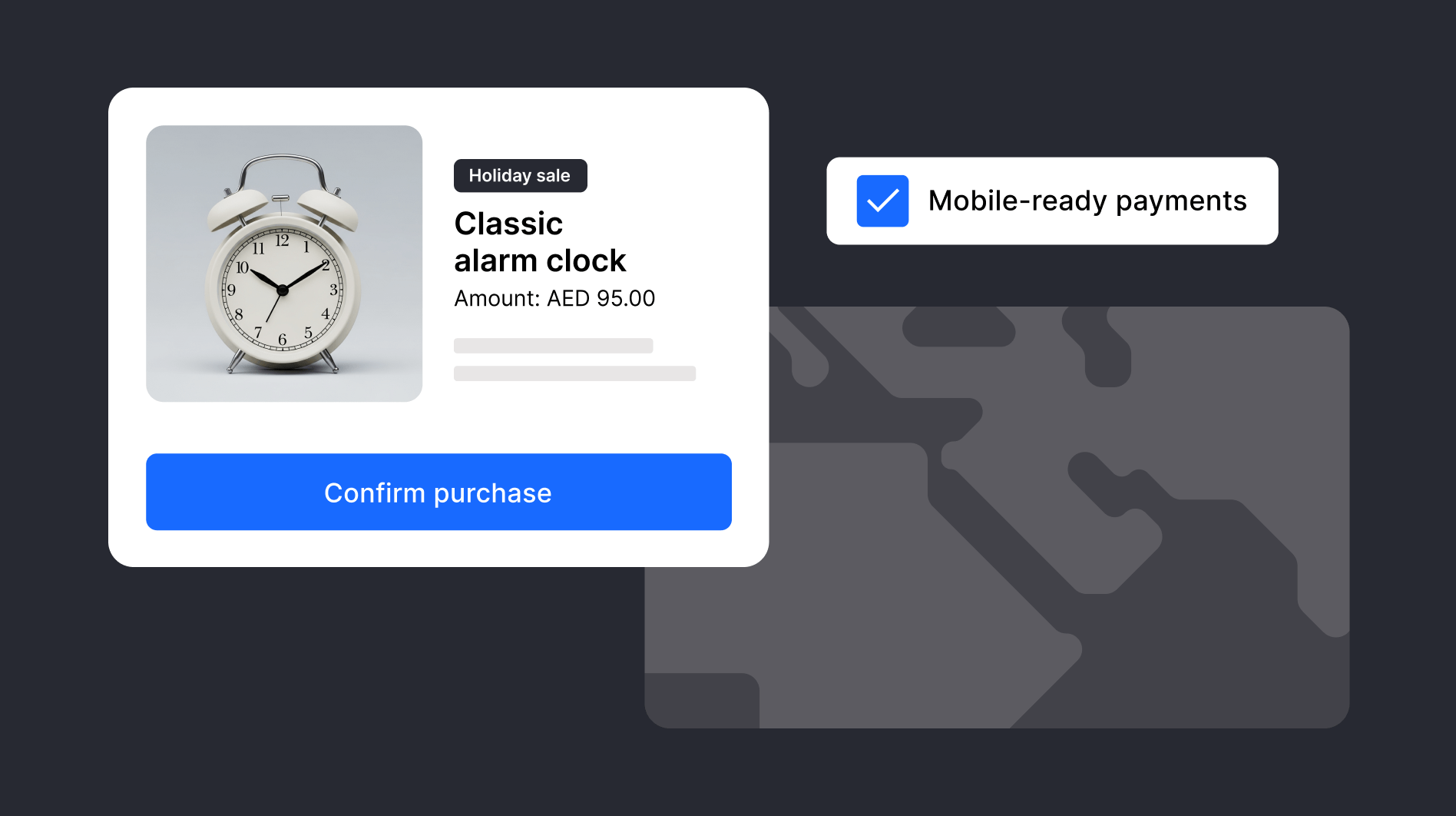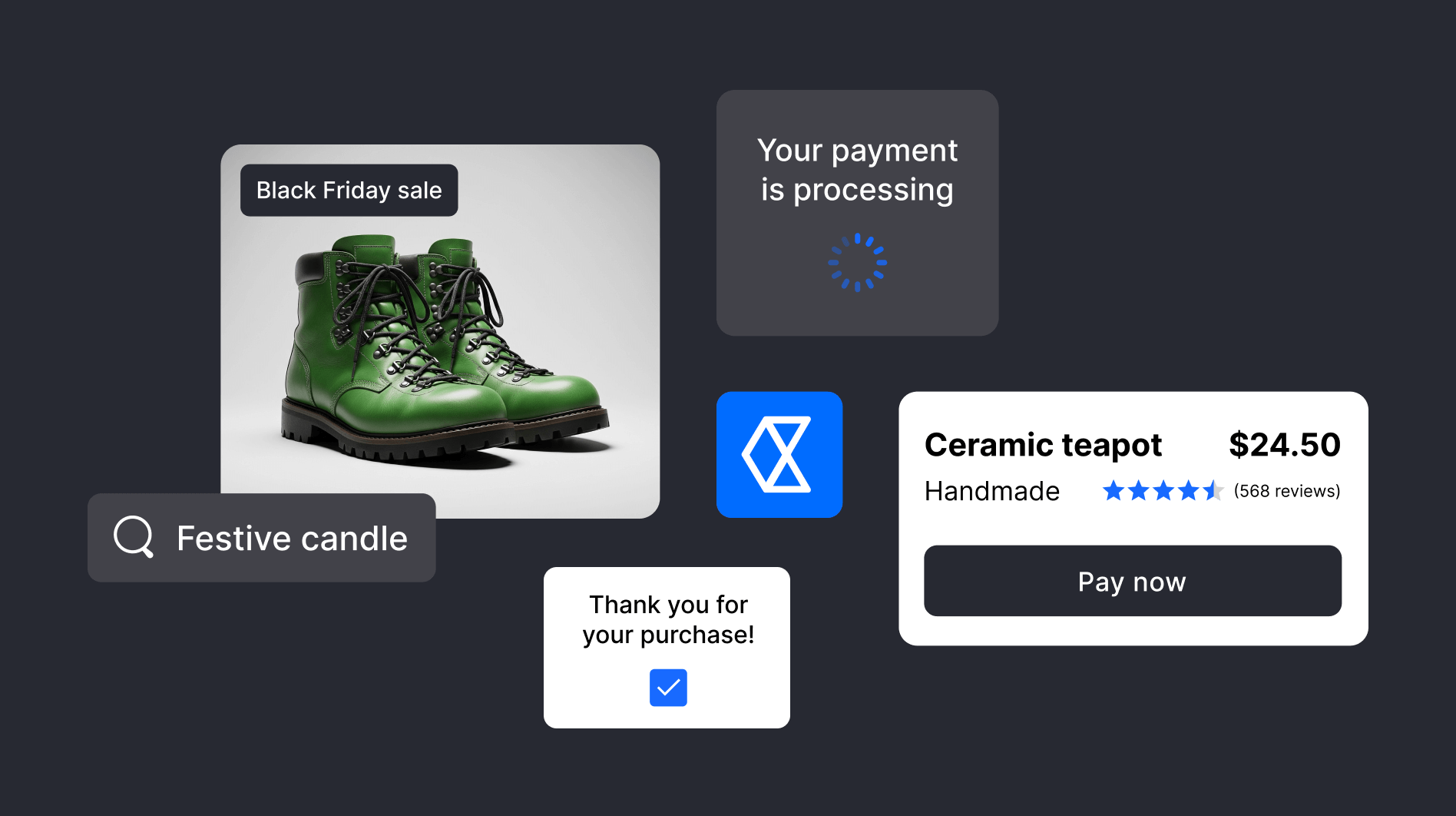When sourcing a new partner, knowing the right questions to ask is half the battle. But it’s not just about the questions – it’s about what you share with your candidates, and what you ask in return. Missing just one essential detail could limit your options or lead to choosing the wrong partner. A Request for Proposal (RFP) is a chance for vendors to show you their full capabilities and qualifications.
When it comes to payment processing RFPs, things can get complex as each business will have its own unique setup and priorities.
This article gives you a preview of what’s inside A Merchant’s Guide to Issuing an RFP in 2025 – our complete framework for evaluating and selecting payment providers. It outlines key considerations and practical steps to help you issue a more effective payments RFP.
What is a Request for Proposal?
An RFP is a formal document businesses use to solicit bids from vendors – asking them to outline how they would approach a specific project or deliver a service. They should also provide details about your business, the bidding process, and the terms of the contract. In payments, that could mean anything from gateway services to full-stack processing, acquiring, issuing, or fraud prevention.
Request for proposal finance teams often rely on RFPs to assess both commercial and technical suitability when evaluating providers.
They’re favored by enterprises across many industries as an effective way to engage potential providers and evaluate them in a side-by-side comparison before ultimately choosing a preferred partner.
You may also come across other procurement documents:
Request for Information (RFI): A preliminary, non-binding step used to gather insight on potential providers.
Request for Quotation (RFQ): A more transactional document asking vendors for specific pricing on well-defined services or products.
Request for Proposal (RFP): A comprehensive request asking vendors to outline their solution, pricing, and approach in full.
What’s typically included in a Request for Proposal?
RFPs should provide a clear, thorough understanding of your business, objectives, and technical environment. We believe most merchants should focus on the following areas when considering the content of their RFP and evaluation criteria:
- Payment processing capabilities and regional coverage
- Technology
- Integration and buyer experience
- Fraud and risk management
- Performance
- Funds management
- Data insights and reporting
- Customer support
- Infrastructure
- Privacy and information security
- Value added services
- Commercials
Other areas may also be important, depending on your setup. Involving all teams connected to payments early in the scoping and evaluation process as their input will help you capture every requirement.
The Request for Proposal process
Here’s a typical end-to-end timeline to guide your RFP payment process from early communication through to contracting and go-live:
- Issue an advanced notice of the RFP and timing to your PSP shortlist
- Publish the RFP (including a brief, RFP questions, and all RFP steps)
- Deadline for partners to accept the request
- Clarification period for vendors to ask questions
- Deadline for you to answer clarifying questions
- RFP submission deadline
- Initial evaluation period and clarifications
- RFP presentation/interview stage
- Final review and decision period
- Inform all bidders of the outcome
- Contracting, integration, and target go-live date
Before launching your RFP, consider starting with an RFI before issuing your full RFP. This offers a way to assess capabilities without requiring detailed proposals of pricing, helping you identify the most relevant candidates for your shortlist.
Why is a Request for Proposal important for payments?
RFPs are a trusted way for enterprises to evaluate providers side by side, helping you make an informed, confident choice. In payments, where complexity and cost can vary widely, asking the right questions gives you a clear view of each vendor’s capabilities, alignment, and potential to support your growth.
Whether you’re entering new markets, adding payment methods, or seeking greater efficiency, a well-run payment processing RFP can help you:
- Ensure compliance and security
Payments involve sensitive data and must meet stringent standards like PCI DSS. An RFP helps confirm that each provider is up to scratch. - Identify cost-effective solutions
Comparing proposals side-by-side can highlight savings opportunities on contract fees, transaction costs, and more. - Maintain quality control
By setting clear criteria, you ensure only vendors who meet your standards make the cut. - Create a transparent selection process
With documented responses and evaluation criteria, RFPs reduce the risk of bias, fraud, or conflicts of interest. - Tailor solutions to your needs
Every business is different. An RFP helps you articulate your specific requirements and assess how well each provider can meet them.
Asking the right questions reveals not just what a provider offers – but how well they align with your business and ambitions. That’s how you unlock smarter payments performance.
How to issue a payments Request for Proposal
1. The Basics: Share a clear picture of your business
If required, start by sharing an NDA with your RFP candidates. Then provide an overview of your business, your customer base, and your mission. This context helps candidates understand your setup – from required payment methods and regions to existing partners – and ensures proposals are aligned with your goals.
Provide information including:
- Business overview and mission statement
- Goods or services sold
- Headquarters and legal entity locations
- Number of employees
- Customer locations
- Regions requiring local processing
For accurate pricing, also include:
- Average transaction value
- Monthly transaction count and volume
- Projected volumes for the next 12 months
Submitting a blind RFI or RFP? These can work but only if you include enough detail for vendors to understand the scope. Without key information, you risk limiting the relevance and depth of responses.
2. Set a realistic timeline
A clear, well-structured timeline helps avoid delays and missteps. Build in time for vendors to ask clarifying questions as doing so can lead to more accurate, tailored responses.
Your timeline should include:
- Deadline to accept the RFP invitation
- Clarification period for vendor questions
- Deadline to respond to vendor queries
- RFP submission deadline (with date, time, and timezone)
- Finalist selection window
- Target date for final decision
- Acceptance window for the winning bid
- Solution implementation date
It’s also worth outlining:
- How you currently process payments – visuals are helpful if available
- Third-party providers involved
- Your PCI compliance status
- Solution type (ecommerce, POS, or omnichannel)
- Processing regions and currencies
3. Outline your non-negotiables
Define your must-haves clearly. This ensures vendors can assess suitability early – and lets them highlight potential workarounds or roadmap items if needed.
Examples include:
- Required support for POS payments
- Specific third-party integrations
- Account Updater functionality
- Local processing in key markets, such as Europe
4. Share your pain points
Be transparent about the challenges you’re trying to solve. This helps vendors tailor their response to your need and ensures you’re assessing them against the right scope.
Some common pain points include:
- High costs or reconciliation inefficiencies
- Overreliance on third parties
- Limited geographic coverage
- Scaling challenges or need for redundancy
- PCI compliance
- Missing payment methods
- Inadequate customer support
To save time and ensure alignment across your organization, involve stakeholders across departments that would be impacted by a provider change.
5. Define your goals
Be specific about what success looks like. What should the winning provider enable your business to achieve?
Your goals might include:
- Need to boost approval rates
- Looking for a new provider or secondary provider
- Need to boost approval rates
- Supporting international expansion
- Adding new payment methods
- Improving uptime and reliability
- Enhancing fraud and security
- Driving revenue through better conversion or cost savings
6. Ask providers the right questions
Be as extensive and specific as possible. The more you ask, the better positioned you’ll be to make an informed decision.
Example questions include:
- Which regions support local processing?
- What payment methods are supported?
- What does your disaster recovery plan look like?
- What reporting capabilities do you offer, and at what granularity?
- How do you support PCI compliance?
7. Set clear formatting and delivery preferences
Let candidates know how you’d like them to structure their response. This could include requirements such as:
- No attachments
- Yes/no responses only
- No hyperlinks or images
- Text-only formats
- No external links (e.g. Dropbox or Google Drive)
You can also request additional materials – such as an executive summary, company overview, key contacts, or customer references.
Finally, confirm how you want to receive responses. Options may include email, secure file upload, shared folder access, or physical delivery – and be sure to list all intended recipients.
How Checkout.com can help with your RFP
When it comes to payments, every single element in the value chain matters. If even one piece underperforms, it can affect your acceptance rates, security, and ultimately, your revenue.
That’s why it’s vital not just to ask the right questions, but to know what answers to look for. Understanding how a vendor can help you meet your goals – whether that’s boosting approval rates, reducing costs, or entering new markets – is key to making the right choice.
And that’s where we can help.
Download A Merchant’s Guide to Issuing an RFP in 2025 to access the full framework used by leading businesses to evaluate payments providers. Written by Sam Reneaux, Director, RFP Management at Checkout.com, it’s packed with detailed criteria, timelines, and question sets to help you run a smarter, more effective RFP.






.png)

_conversion%20tactics.png)




%20(1).png)



